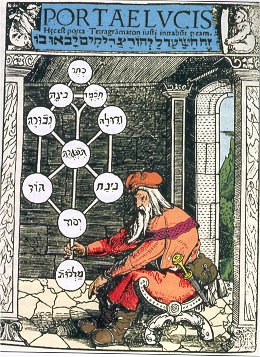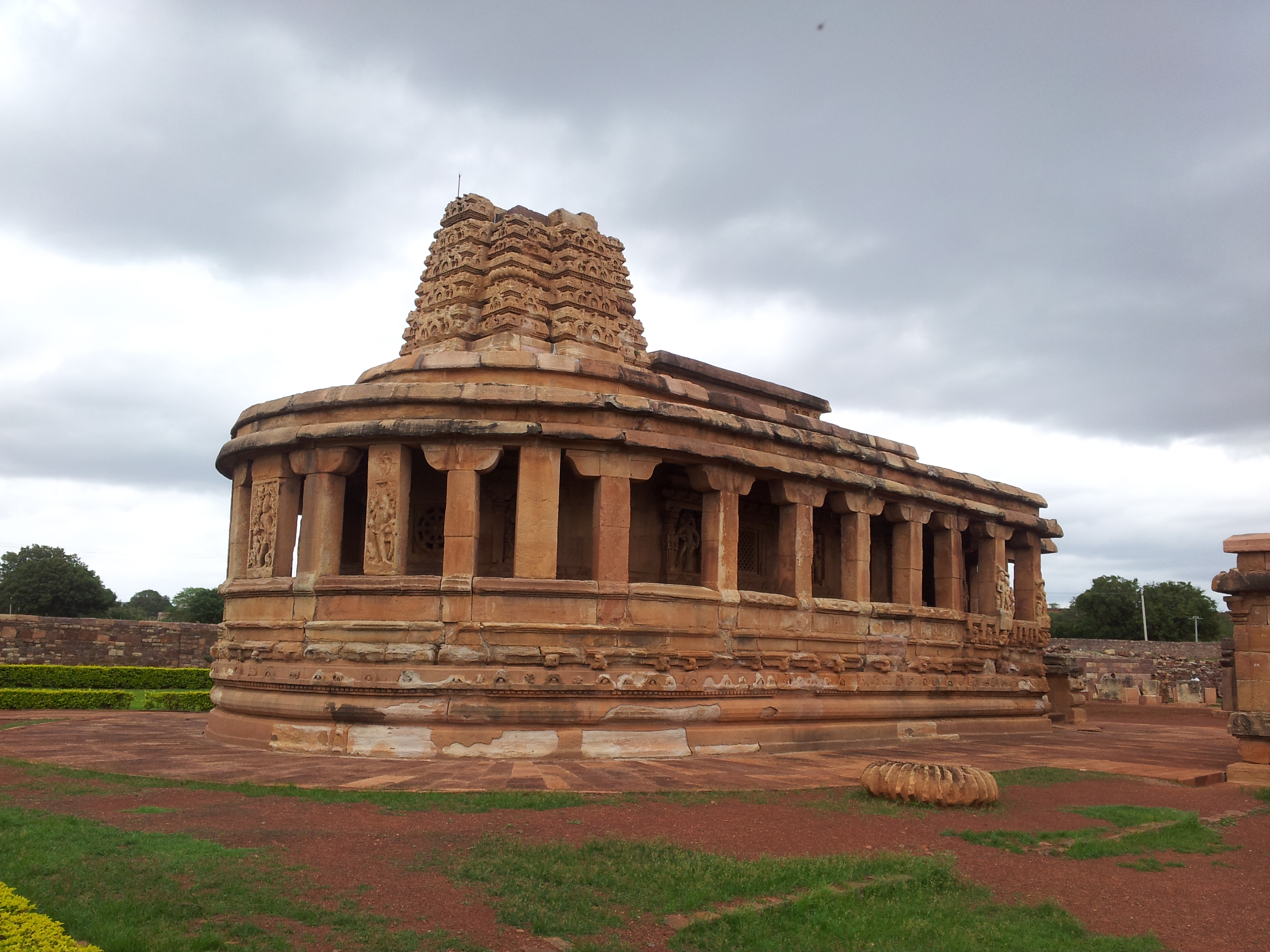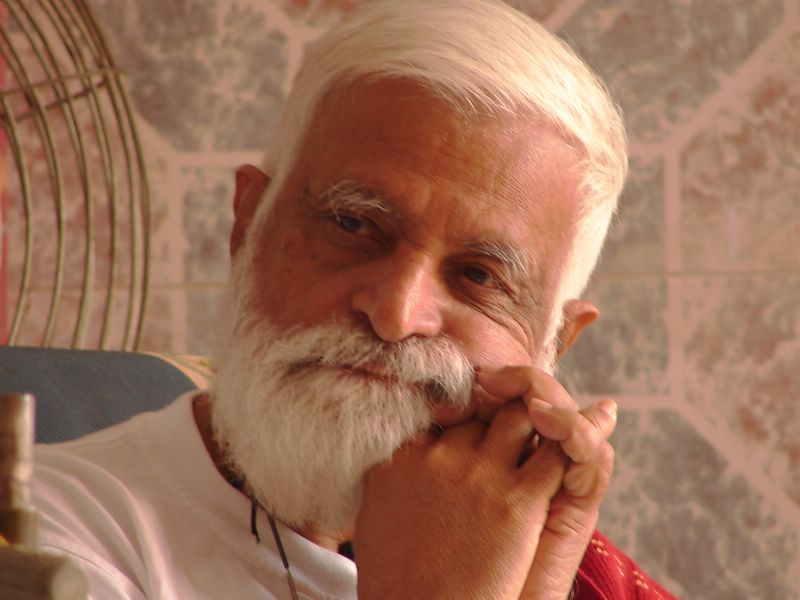|
Parasurama Kalpasutra
The Parashurama Kalpasutra () is a Shakta Agama, a Hindu text on Shri Vidya practices ascribed to the Kaula tradition. The authorship of the text is traditionally attributed to Parashurama, the sixth avatar of Vishnu and a disciple of Dattatreya. It is a sacred text for the Shri Vidya worshippers of the goddess Lalita, who is considered to be a manifestation of the goddess Adi Parashakti. The text is also used in the worship of Ganesha, Bala Tripurasundari, Matangi, and Varahi. This text has its origins in the Dattatreya Samhita and was compiled by Sumedha, a disciple of Parashurama. Key concepts Among the Agamas (manuals on rituals and practices), some are Tantras. Tantra is principally for 'upasana', inner discipline and are epitomes of knowledge. Tantras that are essentially esoteric deal with inner practices by adoration of the symbolic image, the yantra, and the mantra for awakening the Kundalini shakti. Parashurama composed the Kalpasutra, emphasizing the impor ... [...More Info...] [...Related Items...] OR: [Wikipedia] [Google] [Baidu] |
Shaktism
Shaktism ( sa, शाक्त, , ) is one of several major Hindu denominations, wherein the metaphysical reality is considered metaphorically a woman and Shakti ( Mahadevi) is regarded as the supreme godhead. It includes many goddesses, all considered aspects of the same supreme goddess. Shaktism has different sub-traditions, ranging from those focused on most worshipped Durga, gracious Parvati to that of fierce Kali. The Sruti and Smriti texts of Hinduism are an important historical framework of the Shaktism tradition. In addition, it reveres the texts '' Devi Mahatmya'', the ''Devi-Bhagavata Purana'', '' Kalika Purana'' and Shakta Upanishads such as the Devi Upanishad. The ''Devi Mahatmya'' in particular, is considered in Shaktism to be as important as the '' Bhagavad Gita''. Shaktism is known for its various sub-traditions of tantra, as well as a galaxy of goddesses with respective systems. It consists of the Vidyapitha and Kulamārga. The pantheon of goddesses in S ... [...More Info...] [...Related Items...] OR: [Wikipedia] [Google] [Baidu] |
Esoteric
Western esotericism, also known as esotericism, esoterism, and sometimes the Western mystery tradition, is a term scholars use to categorise a wide range of loosely related ideas and movements that developed within Western society. These ideas and currents are united since they are largely distinct both from orthodox Judeo-Christian religion and Enlightenment rationalism. Esotericism has pervaded various forms of Western philosophy, religion, pseudoscience, art, literature, and music—and continues to influence intellectual ideas and popular culture. The idea of grouping a wide range of Western traditions and philosophies together under the term ''esotericism'' developed in Europe during the late seventeenth century. Various academics have debated various definitions of Western esotericism. One view adopts a definition from certain esotericist schools of thought themselves, treating "esotericism" as a perennial hidden inner tradition. A second perspective sees esotericism as ... [...More Info...] [...Related Items...] OR: [Wikipedia] [Google] [Baidu] |
Hindu Philosophy
Hindu philosophy encompasses the philosophies, world views and teachings of Hinduism that emerged in Ancient India which include six systems ('' shad-darśana'') – Samkhya, Yoga, Nyaya, Vaisheshika, Mimamsa and Vedanta.Andrew Nicholson (2013), Unifying Hinduism: Philosophy and Identity in Indian Intellectual History, Columbia University Press, , pages 2–5 In Indian tradition, the word used for philosophy is Darshana (Viewpoint or perspective), from the Sanskrit root ('to see, to experience'). These are also called the Astika (theistic) philosophical traditions and are those that accept the Vedas as an authoritative, important source of knowledge. Ancient and medieval India was also the source of philosophies that share philosophical concepts but rejected the Vedas, and these have been called (heterodox or non-orthodox) Indian philosophies. Nāstika Indian philosophies include Buddhism, Jainism, Chārvāka, Ājīvika, and others.P Bilimoria (2000), Indian Philosophy (E ... [...More Info...] [...Related Items...] OR: [Wikipedia] [Google] [Baidu] |
Hindu Texts
Hindu texts are manuscripts and voluminous historical literature which are related to any of the diverse traditions within Hinduism. A few of these texts are shared across these traditions and they are broadly considered Hindu scriptures. These include the Puranas, Itihasa and Vedas. Scholars hesitate in defining the term "Hindu scriptures" given the diverse nature of Hinduism,Dominic Goodall (1996), Hindu Scriptures, University of California Press, , page ix-xliii but many list the Bhagavad Gita and the Agamas as Hindu scriptures,Klaus Klostermaier (2007), A Survey of Hinduism: Third Edition, State University of New York Press, , pages 46–52, 76–77 and Dominic Goodall includes Bhagavata Purana and Yajnavalkya Smriti in the list of Hindu scriptures as well. History There are two historic classifications of Hindu texts: ''Śruti'' – that which is heard, and ''Smriti'' – that which is remembered. The ''Shruti'' refers to the body of most authoritative, ancient religious ... [...More Info...] [...Related Items...] OR: [Wikipedia] [Google] [Baidu] |
Shri Yantra
The Sri Yantra, Shri Yantra, or Shri Chakra is a form of mystical diagram (''yantra'') used in the Shri Vidya school of Hinduism. It consists of nine interlocking triangles - four upward ones which represent Shiva, and five downward ones representing Shakti. All these surround the central point, the ''bindu''. These triangles represent the cosmos and the human body. Because of its nine triangles, Shri Yantra is also known as the ''Navayoni Chakra''. When the two-dimensional Shri Yantra is represented in three dimensions, it is called a ''Mahameru''. Mount Meru derives its name from this shape. In addition to Mount Meru, all other yantras derive from the Shri Yantra. Appearance In the 2009 issue of Brahmavidya (the journal of the Adyar Library), Subhash Kak argues that the description of Shri Yantra is identical to the ''yantra'' described in the Śrī Sūkta in the Rigveda. The Sri Yantra's 9 constituent triangles vary in size and shape and intersect to form 43 smaller triangles ... [...More Info...] [...Related Items...] OR: [Wikipedia] [Google] [Baidu] |
Devi Mahatmya
The ''Devi Mahatmya'' or ''Devi Mahatmyam'' ( sa, देवीमाहात्म्यम्, devīmāhātmyam, Glory of the Goddess) is a Hindu philosophical text describing the Goddess as the supreme power and creator of the universe. It is part of the Markandeya Purana. ''Devi Mahatmyam'' is also known as the ''Durgā Saptashatī'' () or Śata Chandī (शत् चण्डी). The text contains 700 verses arranged into 13 chapters. Along with ''Devi-Bhagavata Purana'' and Shakta Upanishads such as the Devi Upanishad, it is one of the most important texts of Shaktism (goddess) tradition within Hinduism. The ''Devi Mahatmyam'' describes a storied battle between good and evil, where the Devi manifesting as goddess Durga leads the forces of good against the demon Mahishasura—the goddess is very angry and ruthless, and the forces of good win. In peaceful prosperous times, states the text, the Devi manifests as Lakshmi, empowering creation and happiness. The verses of this ... [...More Info...] [...Related Items...] OR: [Wikipedia] [Google] [Baidu] |
Devipuram
Devipuram is a Hindu temple complex located near Visakhapatnam, Andhra Pradesh, India. Belonging primarily to the Shakta school of Hinduism, it is dedicated to the goddess Sahasrakshi (lit., "she who has a infinite eyes", a form of Lalita Tripurasundari or Parvati), and her consort Kameshwara (a form of Shiva). Overview Devipuram's primary focus is the Sahasrakshi Meru Temple, a unique three-story structure built in the shape of a Sri Meru Yantra; i.e., three-dimensional projection of the sacred Hindu diagram known as Sri Chakra, which is central to Srividya upasana (an ancient and intricate form of Tantric Shakta worship). Measuring square at its base and rising high, the temple has become an increasingly popular pilgrimage destination over the past decade. Two other shrines, the Kamakhya Peetham and Sivalayam, are located on hills adjacent to the main temple. The sanctum sanctorum of the Sahasrakshi Meru Temple is reached by circumambulating inward and upward, past m ... [...More Info...] [...Related Items...] OR: [Wikipedia] [Google] [Baidu] |
Bhaskararaya
Bhaskara raya () (1690–1785) is widely considered an authority on all questions pertaining to the worship of the Mother Goddess in Shakta tradition of Hinduism. He was born in a Maharashtrian Brahmin family at Hyderabad, Telangana. Bhaskara raya was welcomed by king Serfoji II of Bhonsle dynasty in South India, and thereupon he settled in Tamil Nadu. According to Douglas Renfrew Brooks, a professor of Religion specializing in Shaktism studies, Bhaskara raya was "not only a brilliant interpreter of Srividya, he was an encyclopedic writer", and that he was a "thinker who had the wealth of Tantric and Vedic traditions at his fingertips". He belonged to the Srividya tradition of the Shakta Tantrism. Bhaskara raya is the attributed author of more than 40 and range from Vedanta to poems of devotion and from Indian logic and Sanskrit grammar to the studies of Tantra. Several of his texts are considered particularly notable to the Shaktism tradition, one focussed on the Mother Goddess: ... [...More Info...] [...Related Items...] OR: [Wikipedia] [Google] [Baidu] |
Tantras (Hinduism)
Tantras ("''doctrine''" or "''framework''" or "''system''" ) refers to numerous and varied scriptures pertaining to any of several esoteric traditions rooted in Hindu and Buddhist philosophy. The religious culture of the Tantras is essentially Hindu, and Buddhist Tantric material can be shown to have been derived from Hindu sources. And although Hindu and Buddhist Tantra have many similarities from the outside, they do have some clear distinctions. The rest of this article deals with Hindu Tantra. Buddhist Tantras are described in the article on Buddhist Tantras. Classes of Hindu Tantra The word ''tantra'' is made up by the joining (''sandhi'' in Sanskrit) of two Sanskrit words: ''tanoti'' (expansion) and ''rayati'' (liberation). Tantra means liberation of energy and expansion of consciousness from its gross form. It is a method to expand the mind and liberate the dormant potential energy, and its principles form the basis of all yogic practices. Hence, the Hindu Tantra scriptur ... [...More Info...] [...Related Items...] OR: [Wikipedia] [Google] [Baidu] |
Mantra
A mantra (Pali: ''manta'') or mantram (मन्त्रम्) is a sacred utterance, a numinous sound, a syllable, word or phonemes, or group of words in Sanskrit, Pali and other languages believed by practitioners to have religious, magical or spiritual powers. Feuerstein, Georg (2003), ''The Deeper Dimension of Yoga''. Shambala Publications, Boston, MA Some mantras have a syntactic structure and literal meaning, while others do not. The earliest mantras were composed in Vedic Sanskrit in India. At its simplest, the word ॐ (Aum, Om) serves as a mantra, it is believed to be the first sound which was originated on earth. Aum sound when produced creates a reverberation in the body which helps the body and mind to be calm. In more sophisticated forms, mantras are melodic phrases with spiritual interpretations such as a human longing for truth, reality, light, immortality, peace, love, knowledge, and action. Some mantras without literal meaning are musically uplifting an ... [...More Info...] [...Related Items...] OR: [Wikipedia] [Google] [Baidu] |
Pranayama
Pranayama is the yogic practice of focusing on breath. In Sanskrit, '' prana'' means "vital life force", and ''yama'' means to gain control. In yoga, breath is associated with ''prana'', thus, pranayama is a means to elevate the '' prana'' ''shakti'', or life energies. Pranayama is described in Hindu texts such as the ''Bhagavad Gita'' and the ''Yoga Sutras of Patanjali''. Later in Hatha yoga texts, it meant the complete suspension of breathing. Etymology ''Prāṇāyāma'' (Devanagari: ') is a Sanskrit compound. It is defined variously by different authors. Macdonell gives the etymology as prana ('), breath, + ''āyāma'' and defines it as the suspension of breath. Monier-Williams defines the compound ' as "of the three 'breath-exercises' performed during (''See'' ', ', '". This technical definition refers to a particular system of breath control with three processes as explained by Bhattacharyya: ' (to take the breath inside), ' (to retain it), and ' (to discharge i ... [...More Info...] [...Related Items...] OR: [Wikipedia] [Google] [Baidu] |
Mudra
A mudra (; sa, मुद्रा, , "seal", "mark", or "gesture"; ,) is a symbolic or ritual gesture or pose in Hinduism, Jainism and Buddhism. While some mudras involve the entire body, most are performed with the hands and fingers. As well as being spiritual gestures employed in the iconography and spiritual practice of Indian religions, mudras have meaning in many forms of Indian dance, and yoga. The range of mudras used in each field (and religion) differs, but with some overlap. In addition, many of the Buddhist mudras are used outside South Asia, and have developed different local forms elsewhere. In hatha yoga, mudras are used in conjunction with pranayama (yogic breathing exercises), generally while in a seated posture, to stimulate different parts of the body involved with breathing and to affect the flow of prana. It is also associated with bindu, bodhicitta, amrita, or consciousness in the body. Unlike older tantric mudras, hatha yogic mudras are generally inte ... [...More Info...] [...Related Items...] OR: [Wikipedia] [Google] [Baidu] |






